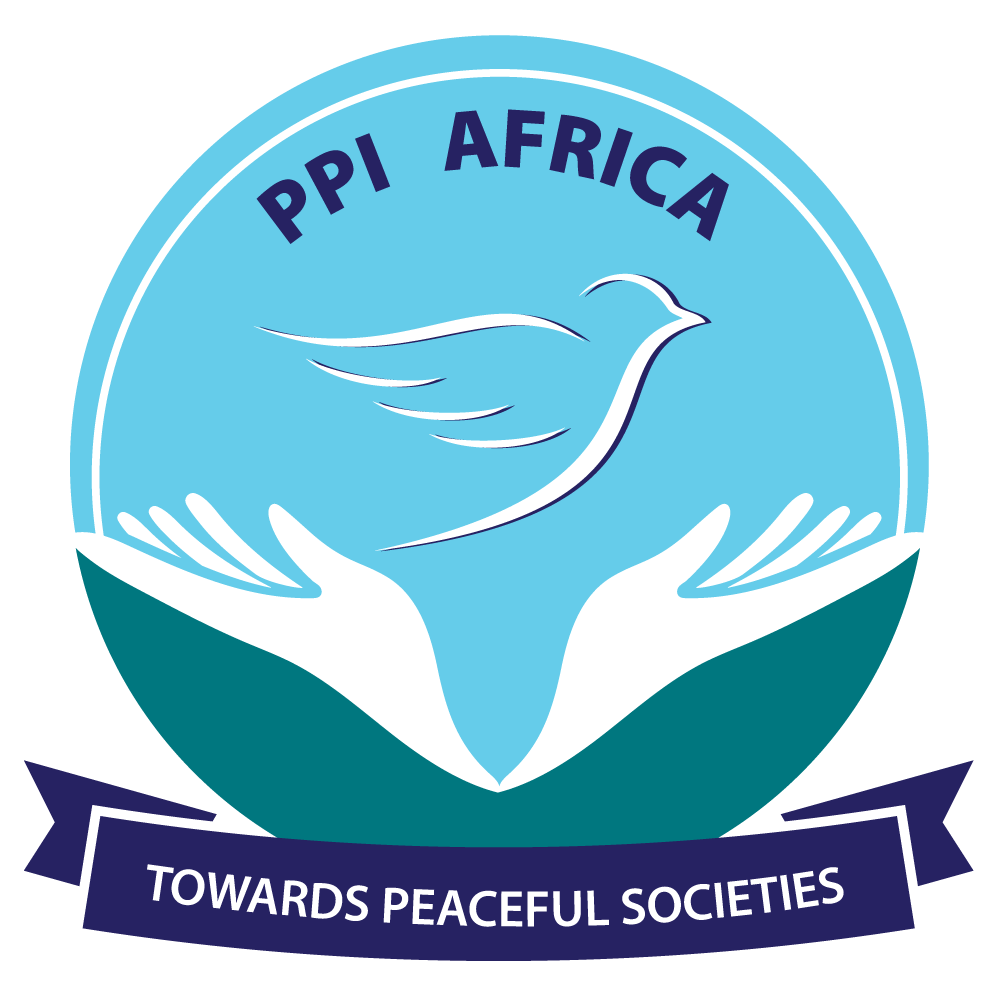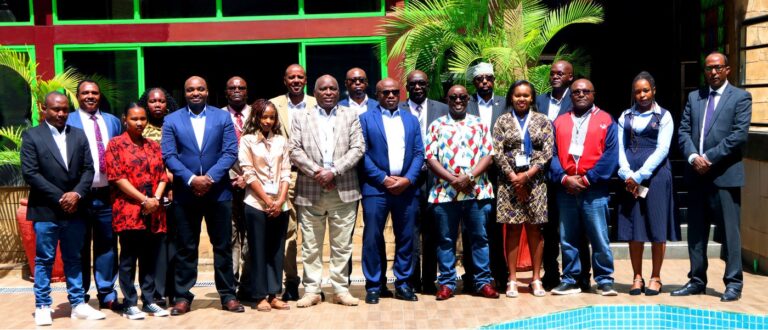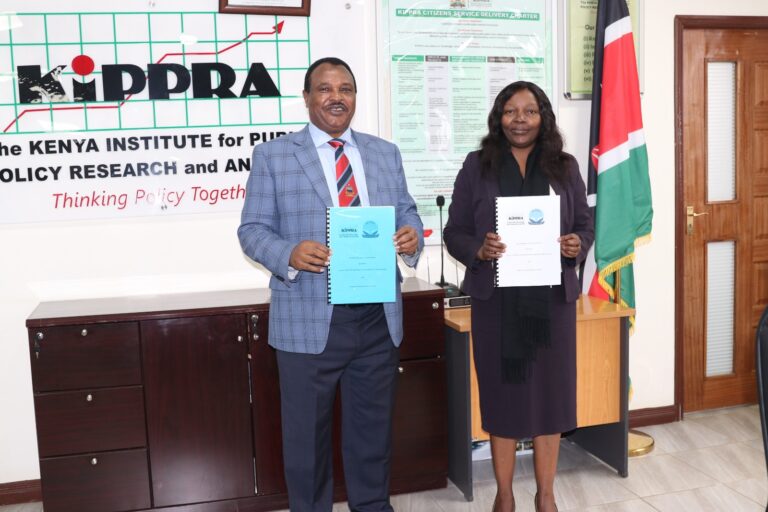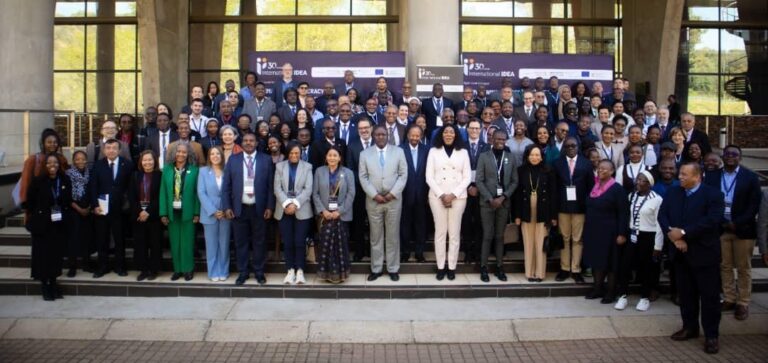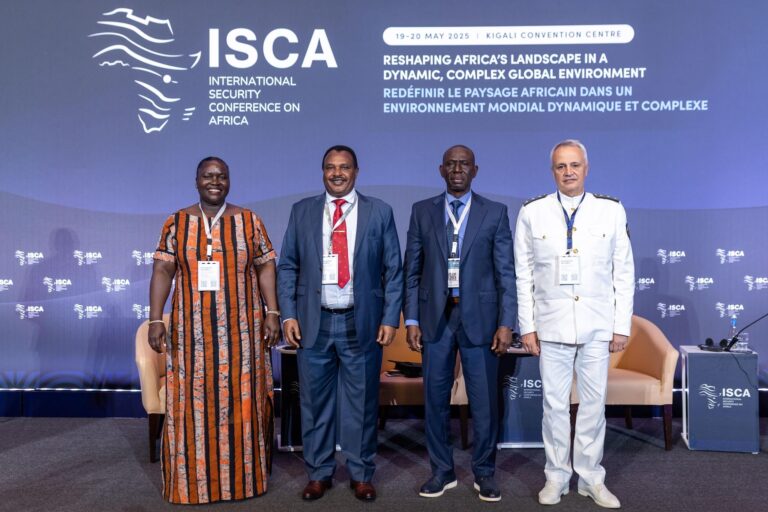Tel: +254 741 694 575 | info@ppiafrica.org
M23 OFFENSIVE IN THE DRC: A CASE OF DELICATE BALANCE IN PURSUIT OF PEACE IN THE GREAT LAKES REGION OF AFRICA
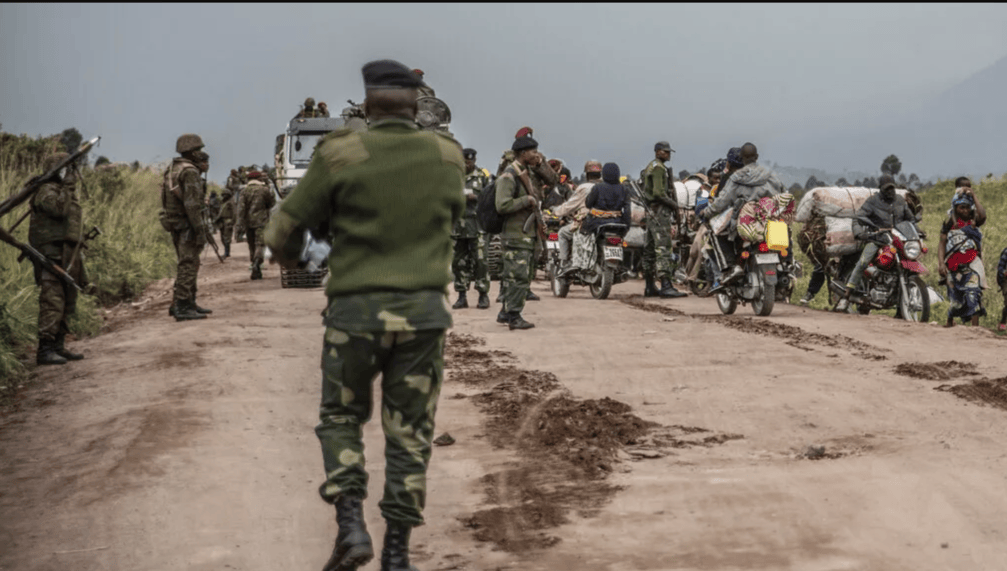
The current March 23 Movement (M23) offensive in the Eastern Democratic Republic of the Congo (DRC) has placed several states in the Great Lakes Region of Africa on a trajectory of instability, war and potential destruction. The M23, a primarily Congolese Tutsi rebel group took up arms in 2012 after failed implementation of the 23rd March 2009 Peace Agreement. Led by Bosco Ntaganda, M23’s formation was driven by unfulfilled peace terms, ethnic tensions between Tutsi and Hutu groups, and regional dynamics.
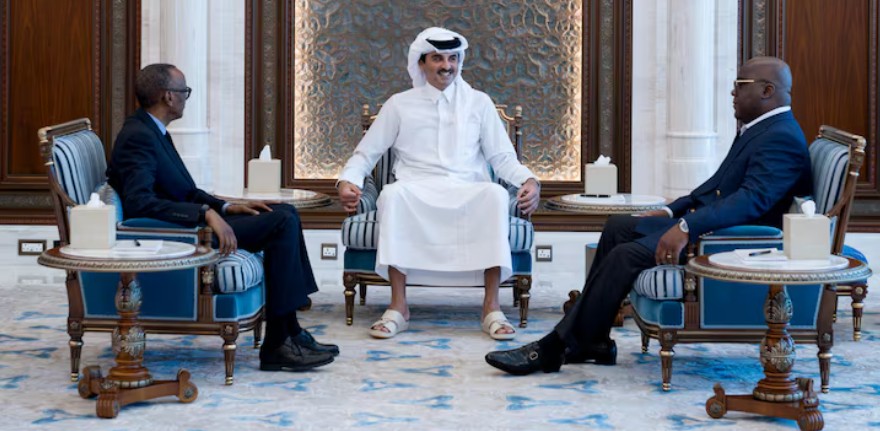
In the ongoing M23 conflict which began in January 2025, according to various sources, about 700 civilians and 17 peacekeepers have been killed while over 500,000 people have been displaced into South Kivu and across the border into Rwanda and Uganda triggering a severe humanitarian crisis. An intense flareup of tensions of this magnitude involving rebel groups in the Eastern DRC and neighbouring states has not been witnessed in the region for over two decades. Though the M23 capture of the Eastern city of Goma on 26th January 2025 can be a trigger for the current tensions, any actor intending to intervene in the current conflict situation between DRC and Rwanda to pursue peace initiatives needs to look beyond the current M23 offensive into the multiple and complex web of historic events.
A brief engagement with the historical context demonstrates that the conflicts in DRC are protracted in nature and affects states making the Great Lakes region volatile for close to a century. First, is the deeply rooted effects of colonial legacy including arbitrary state boundaries and oppressive actions of Belgian authorities that saw the deliberate displacement of communities like Banyarwanda and Banyamulenge in the 1930s. This involved largescale migration of Tutsis from both Rwanda and Burundi to eastern DRC. Second, is the ‘Social Revolution’ (1959 – 1960) in the buildup to Rwanda’s independence where about 480,000 Tutsis fled from Rwanda in the region with similar displacements in the 1970s and 1990s. Third, is the Rwanda genocide of 1994 where over 800,000 Tutsis and moderate Hutus were killed leading to further displacements and formation of ethnic based militia groups. Fourth, is the first Congo war, 1996 – 1997, between Rwanda and Congo formerly Zaire with help from other African states and the second Congo war 1998 and 2002 which involved nine African countries from the region and approximately 25 armed groups, making it one of the largest wars in African history. Cumulatively, the above resulted to the fragile nature of DRC since independence; a weak state, unstable political environment, large swathes of ungoverned spaces, myriads of external players with over 20 countries operating in DRC’s territory, European mercenaries and existence of other negative forces.
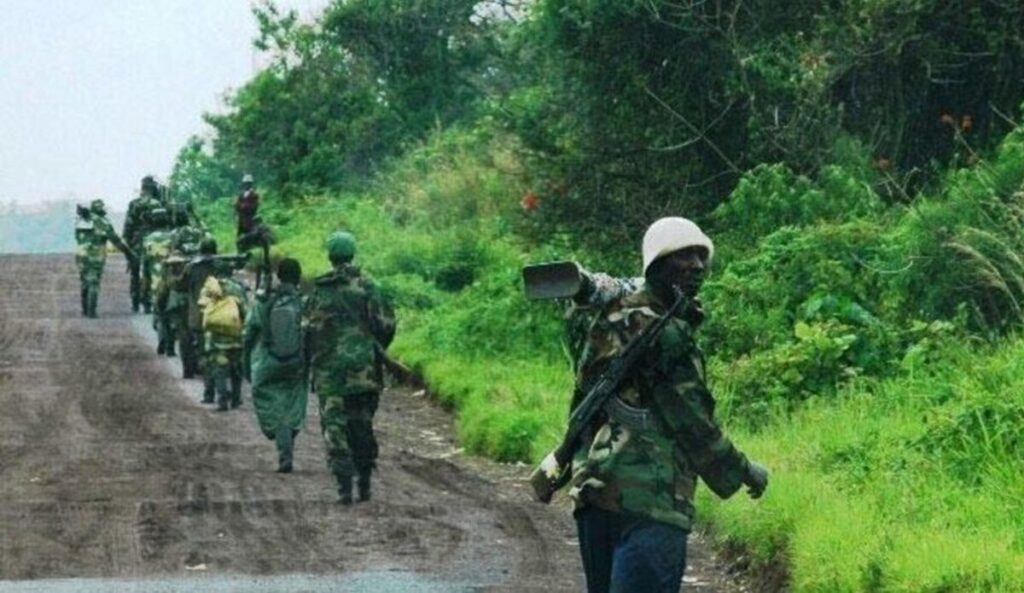
Additionally, the availability and increasing demand of precious minerals such as Cobalt, Lithium, Gold and Lead, which are considered as the driving force of the fourth industrial revolution in the world, has led to a scramble for the mineral-rich regions, with private investors colluding with armed groups to secure and conduct illegal mining. The uncontrolled extraction of resources of in the Congo by external powers who use states as conduits in the extraction contributed to mistrust and tension between states in the region.
The capture of Goma by M23 rebels on 27th January 2025 and their subsequent advance towards the South Kivu’s regional capital Bukavu, has heightened tension in the Great Lakes region, particularly for Rwanda, which sees a stable eastern DRC as critical to its security. The M23 have signaled their readiness to fight for ‘Congo’ thus ‘march to Kinshasa’ to oust the Tshekedi regime. Despite widespread international reports linking it to M23, Rwanda continues to deny direct involvement, citing concerns over the presence of the FDLR militia, composed of Hutu militants from the 1994 Rwandan Genocide. In their view this is a valid national security concern emanating from the DRC, hence are prepared to defend themselves. DRC has chosen a hard stance against both Rwanda and calling the M23 a terrorist group which needs to be destroyed. According to Reuters, Uganda has deployed more than 1,000 extra soldiers into east Congo in the last week with their mission being uncertain. Burundi already has forces in eastern DRC and clashes with M23 has been reported as the rebels push southwards towards Bukavu.
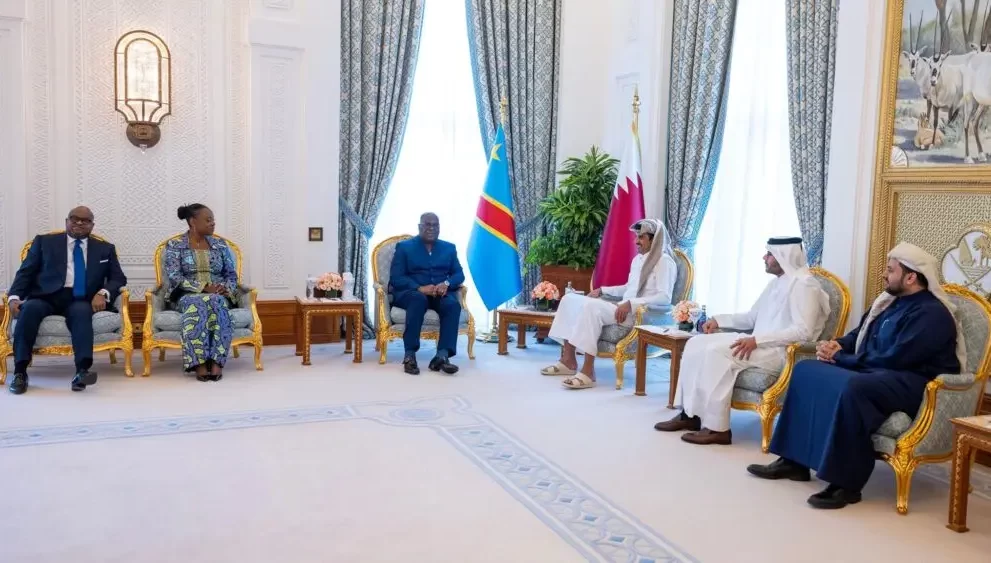
Considering the above dynamics, the tension in the region is relatively high with evident risk of a third Congo war if productive, concrete, non-coercive and diplomatic steps which emphasizes dialogue are not taken immediately. To this end, the actions being robustly undertaken by East African Community (EAC) Heads of States championed by its current Chairperson HE Dr William Samoei Ruto and the Southern African Development Community (SADC) are pivotal in de-escalating the regional tension over the conflict in DRC. The success of the upcoming joint EAC and SADC meeting on 7th and 8th February 2025 is therefore significant to come up with decisions that can bring lasting and peaceful solutions for the eastern DRC, but also comprehensively address the wider issues causing instability in the Great Lakes Region.
The DRC – M23 conflict offers many lessons for states in Africa to deal with structural concerns that cause conflicts and undermine the process of state building. A few examples include; the colonial boundaries which were arbitrarily drawn, and neo-colonial tendencies, uncontrolled exploitation of Africa’s wealth and cross border communities among others. In Africa, the ‘use of the gun’ and Africans killing Africans should not be considered but rather peaceful and non-violent means to resolve conflicts and inter-state disputes. The lessons from this conflict underscore the urgent need for African unity to look for alternate and peaceful ways to solve problems affecting states. To mirror the few challenges highlighted above, can guns be silenced as envisaged in AU Agenda 2063; can cross border communities be used to connect Africa and build bridges between states? A peaceful Africa will prosper, feed its people and manage their mineral wealth to benefit the continent. All the above will call for a delicate balance in handling the situation in DRC as there are other similar challenges across the continent which can benefit from the successful execution of this journey in search of peace. Ultimately, the DRC conflict serves as a critical test for African leadership and its capacity to resolve internal challenges without external intervention.
Prospect Peace Institute-Africa
info@ppiafrica.org
REFERENCES
- International Crisis Group. “Congo’s Eastern Dilemma: M23 and the Implications for Regional Stability,” 2023. [Crisisgroup.org] (https://www.crisisgroup.org).
- EAC Leaders’ Summit on DRC Conflict,” East African Community Press, 2025. [EAC.int] (https://www.eac.int)
- Southern Africa Development Community and DRC Conflict,” SADC News, 2025. [SADC.int] (https://www.sadc.int)
- United Nations Security Council Report on DRC, 2025. [UN.org] (https://www.un.org)
- https://www.bbc.com/news/articles/cgly1yrd9j3o
